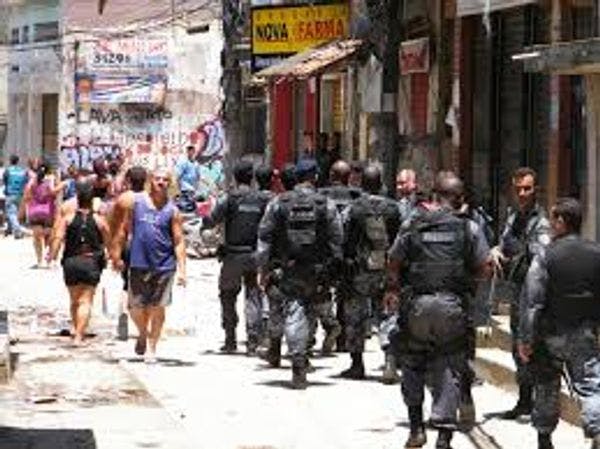What can be learned from Brazil’s “pacification” police model?
By Elizabeth Leeds
When national and local public safety personnel in Latin America want to turn away from “mano dura” approaches to the problem of alarmingly high rates of crime and violence, they frequently look to examples of apparently successful violence reduction strategies and policies from other countries in the region. Not surprisingly, successful policies cannot simply be transplanted. More often than not, those policies are successful in a specific social and political context. Whether or not security programs can be successfully adopted from one national context to another depends on a series of variables. These include the political will of the “adopting” authorities, the social and political factors that made the experience successful in the first place, and the capacity of the police to respond constructively to external evaluations as the program evolves. A current example of this process is the effort to expand the Police Pacification Units (Unidades de Polícia Pacificadora, UPPs), established in Rio de Janeiro in 2008 and inspired in part by violence reduction strategies in Medellín, to new communities.
A New Strategy for Reducing Violence
When the UPPs were created in Rio, local, national, and international attention focused on their potential for violence reduction both inside and outside the city’s “favelas” (squatter settlements) and the creation of a new model of police-community relations. Clearly, the prospects of Brazil hosting the 2014 World Cup and Rio hosting the 2016 Olympic Games were not absent from the planners’ motivations. The original concept was to create special units of younger and specially-trained Military Police that would “occupy” specific favelas following massive police operations to secure the community and once the neighborhood’s drug kingpins had left, after either being arrested or fleeing to other favela areas. These special units would establish a 24-hour presence and attempt to provide a more social assistance-focused model, correcting the previous image of the police as violent, corrupt, and militaristic.
The first UPPs were established in small or medium-sized favelas where intergang conflict was less pronounced and thus easier to control. The idea from the beginning was not to eliminate all drugs from favelas with UPP presence–thought to be an unrealistic goal—but to eliminate the violence associated with drug trafficking and liberate those communities from heavily-armed and authoritarian drug bosses.
Click here to read the full article.
Keep up-to-date with drug policy developments by subscribing to the IDPC Monthly Alert.
Thumbnail: Wikipedia
